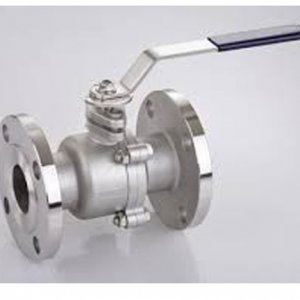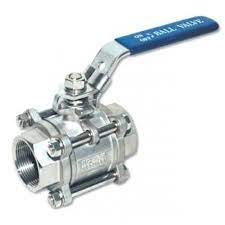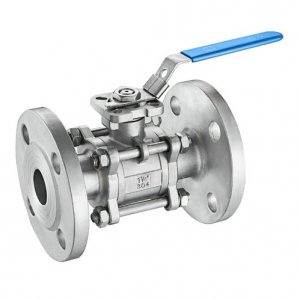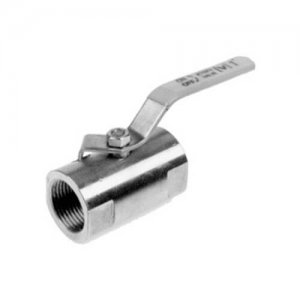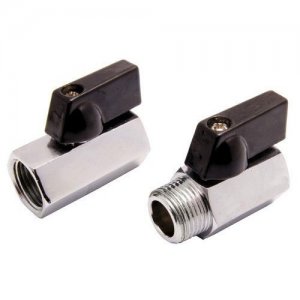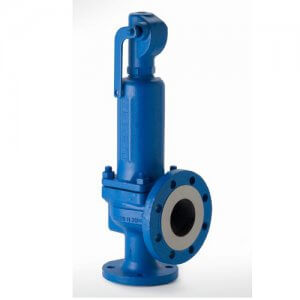
Safety valve
( Customer review)
A safety valve is a valve that acts as a fail-safe. An example of safety valve is a pressure relief
valve (PRV), which automatically releases a substance from a boiler, pressure vessel, or
other system, when the pressure or temperature exceeds preset limits. Pilot-operated relief
valves are a specialized type of pressure safety valve. A leak tight, lower cost, single emergency
use option would be a rupture disk.Safety valves were first developed for use on steam boilers during the Industrial Revolution. Early
boilers operating without them were prone to explosion unless carefully operated.Features: -
Size: - 1/2” to 1” TO 2” X 2” TO 4” X 6”
Material : - CI, WCB, IC, CF8, CF8M (OTHER MATERIAL GRADE ON REQUEST)
End Connections : - Flanged and Screwed
Operation Type : - Hand lever and closed cap
Pressure Rating : - 150# AND 300# AND OTHER CLASS AVAILABLE ON REQUEST
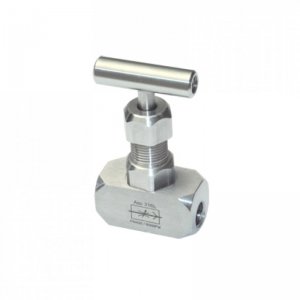
Round / square needle valve
( Customer review)
A needle valve is a type of valve having a small port and a threaded, needle-shaped plunger. It allows precise regulation of flow, although it is generally only capable of relatively low flow rates.
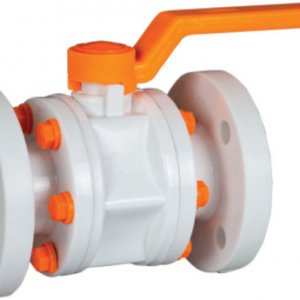
P. P. ball valve
( Customer review)
The PP Industrial Valves are ideally designed to be used in various industries for regulating the
flow of viscous and non viscous fluids. These valves are manufactured using
graded polypropylene material in different sizes, dimensions and finishes.Construction: 3 piece design, 1 piece stem (spindle), full bore, Teflon seated
Standard: As per manufacturer’s
Connection end: Flanged as per ANSI B 16.5 (150#) & BS 10 (Table D/E/F) & DIN STD.
M.O.C. Available: PP (Polypropylene)
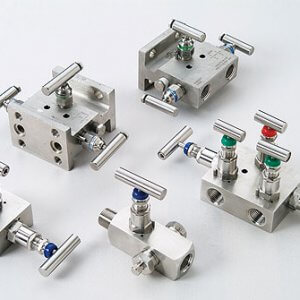
Manifold Valve
( Customer review)
Manifolds are instruments that come with one or more valves, which can be connected to a transmitter. There are some specially designed manifolds to be mounted to a pressure transmitter.They are mostly made of stainless steel, carbon steel, or alloys. Manifolds can be a perfect alternative to multivalve systems. Manifolds are widely used in sectors such as oil & gas, chemicals, wastewater, power, and so on.
They help measure static, variable, gauge, and differential pressures.
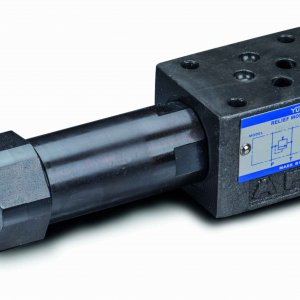
Hydraulic Pressure Relief Valve
( Customer review)
A relief valve is a device used to limit pressure in one or more locations in a hydraulic circuit. ...
As hydraulic pressure continues to rise in the circuit where the valve is installed, force against the
spool or poppet starts to overcome the opposing force of the spring, opening a flow path to the
tank.Type of pressure relief valve we are dealing in:
- Remote Control Relief Valve
- Pilot Operated Relief Valve
- Hydro-Electric Pressure Switch
- Pressure Reducing Valve
- Unloading Relief Valve
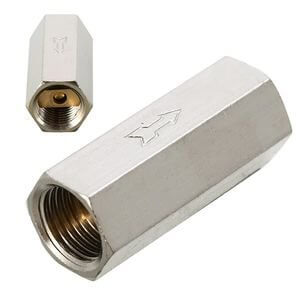
Hydraulic Non Return Valve
( Customer review)
Check valve is one flow direction valve, which ensures flow in one direction and prevents backflow. It is also known as a non-return valve and it can be used in a vertical or horizontal pipeline. The material used in the high-pressure check valve is commonly Carbon steel or stainless steel and it depends on the workability and needs in an industrial setting.It is also available in different sizes such as DN8 to DN50, usually referred to as 1/4” to 2”. The standard working pressure of the high-pressure check valve is 420 bars for size 1/4” to 1”, while pressure reduces to 315 bars from size 1 1/4” to 2” when valve sizes get bigger.
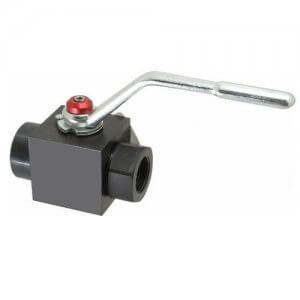
Hydraulic High Pressure Ball Valve
( Customer review)
Hydraulic ball valves are usually a kind of special stainless steel ball valves or carbon steel ball valves which are used in hydraulic industry, to control the fluid in the hydraulic systems.
Hydraulic ball valves are characterized by below features:
- Low fluid resistance, the full bore ball valve basically has no flow resistance.
- High pressure: the maximum working pressure can be up to 7500 psi (500 bar), depends on the sizes and connection type, because of this, hydraulic ball valves are also known as high pressure ball valves.
- Block body: different from the other types of ball valves such as 1 piece ball valves, 2 piece ball valves, three piece ball valves, fully weld ball valves and so on; the hydraulic ball valves body are in Square shape (Cuboids or cube). See in below picture.
- Leak-free and reliable. It has two sealing surfaces, and currently the ball valve sealing surface materials are mostly in a wide range of plastics, good sealing, can achieve a complete seal. It has also been widely used in vacuum systems.
- Hydraulic ball valves are with simple structure, small size, and light in weight.
- Easy to operate, fast to open and close, from full open to fully closed the rotation only is 90 degrees, so it is easy for remote controlling.
- Easy maintenance, ball valve structure is simple, the seal ring is generally active, and removal and replacement are more convenient.
- When fully open or fully closed, the sealing surfaces of the ball body and the valve seat are isolated from the medium. When the medium passes through, the sealing surface of the valve will not be eroded.
- Since the ball valve has wiping during opening and closing, it can be used in media with suspended solid particles.
- The end types of hydraulic ball valves to connect the hydraulic tubing usually are female BSP, NPT or UN/UNF thread, male ORFS connection or 24° cone connection.

